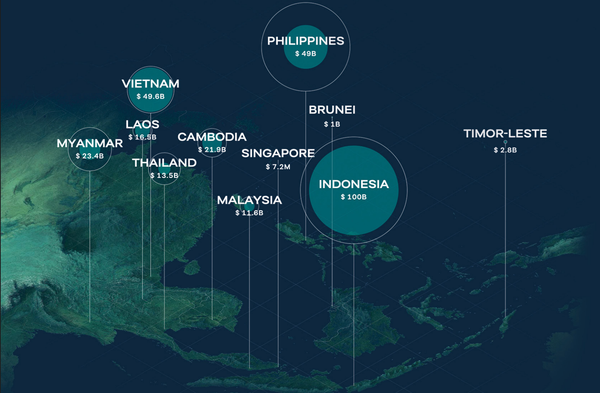
SEA turns to China as Western aid retreats – Lowy report
A new Lowy Institute report shows how Western aid cuts and rising loans from China, the Asian Development Bank and the World Bank are reshaping development finance across Southeast Asia.
A collection of 14 posts

A new Lowy Institute report shows how Western aid cuts and rising loans from China, the Asian Development Bank and the World Bank are reshaping development finance across Southeast Asia.
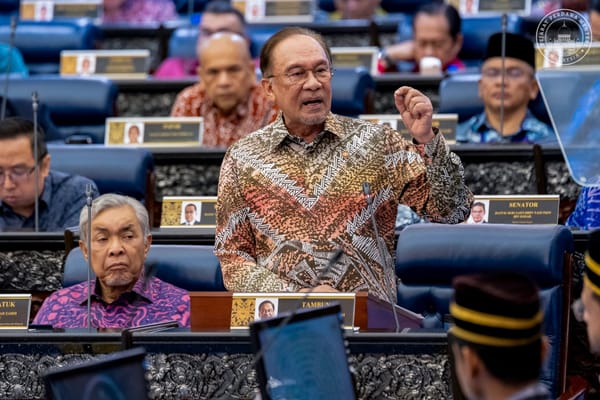
Trump’s attendance would mark the first time a Republican president has attended an Association of Southeast Asian Nations (ASEAN) leaders’ meeting, following several years of lower-level US representation.
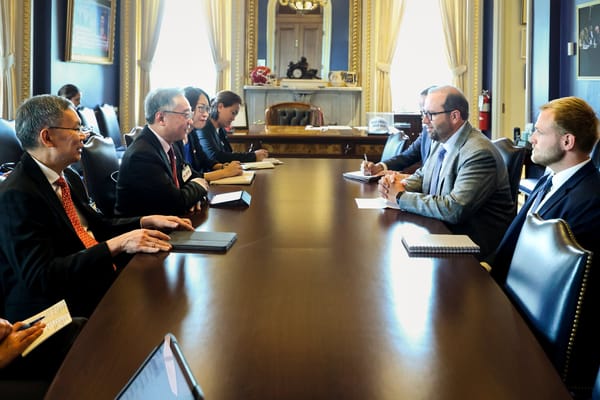
The lack of movement in the US contrasts with the global economic superpower's ongoing engagement with Indonesia, Vietnam and the Philippines, which are reportedly in early-stage talks on tariff exemptions under the same regime.
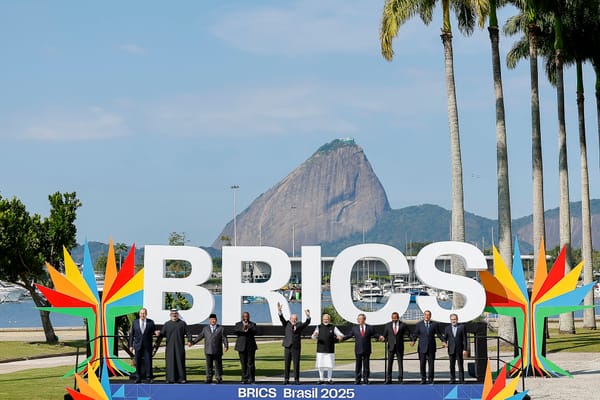
French economist Thomas Piketty urged Western powers to take BRICS seriously, given its rising economic weight. He noted the bloc has surpassed the G7 in purchasing power parity, accounting for more than 32% of global GDP.
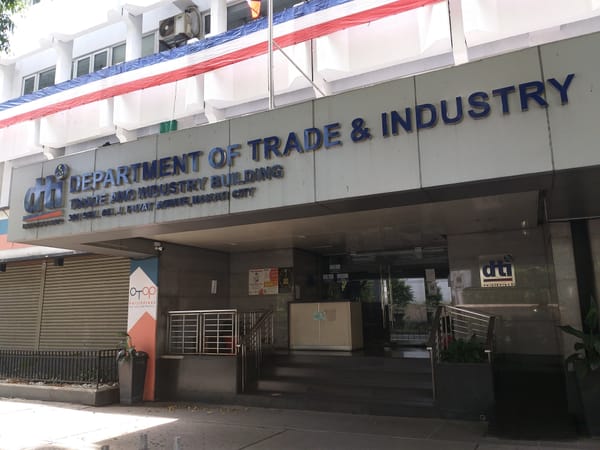
The Philippine Department of Information and Communications Technology said it had deployed 2,655 free public Wi-Fi sites across Luzon, Visayas and Mindanao (i.e. nationwide) under its Broadband ng Masa programme. The scheme targets geographically isolated and disadvantaged areas.
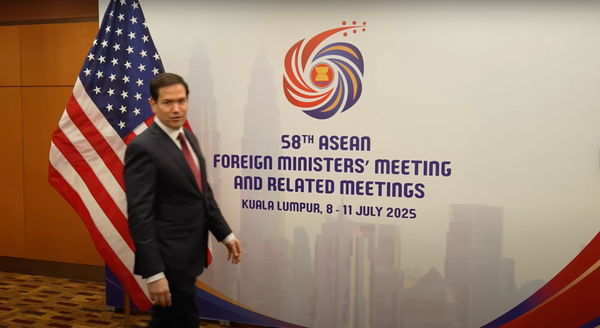
Southeast Asia (SEA) governments are seeking clarification and concessions after US Secretary of State Marco Rubio’s first official visit to the region, which followed the Trump administration’s decision to issue new tariff notices to nearly all ASEAN countries.
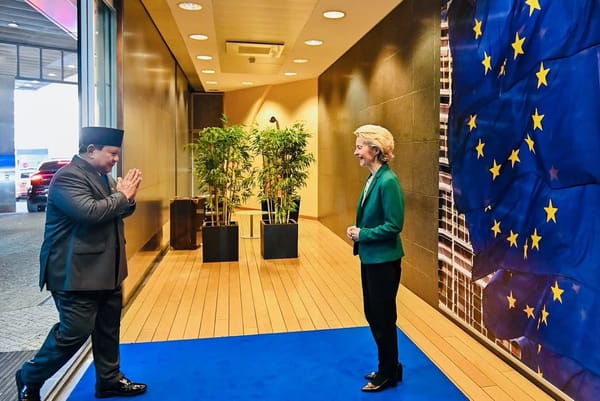
Indonesian President Prabowo Subianto described the deal as a win for economic sovereignty. “We agreed to deepen the Comprehensive Economic Partnership Agreement or CEPA to open up greater opportunities for sustainable trade and investment in the country,” Subianto wrote on Facebook.
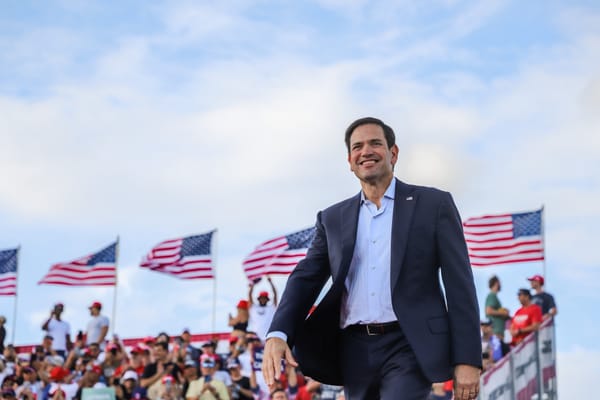
According to a White House press release, Rubio’s trip aims to highlight the strength of the US’s Comprehensive Strategic Partnership with ASEAN and to reaffirm the commitment to building on the Comprehensive Partnership with Malaysia.
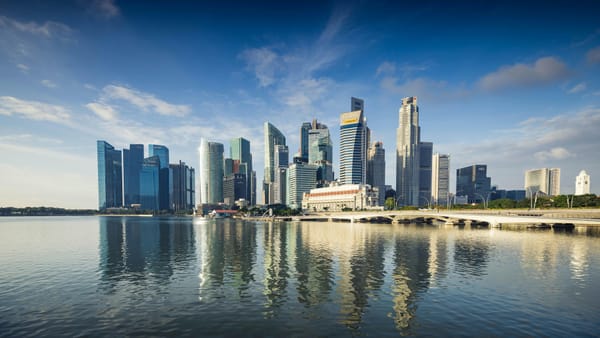
ASEAN's uneven performance reflects structural problems, including talent constraints, uncoordinated capital flows and a lack of cross-border regulatory support.

Rising labour costs and growing competition from neighbours are threatening Vietnam's long-standing position as Southeast Asia’s top manufacturing hub.

Bambang Brodjonegoro, dean of the ADB’s Tokyo-based think tank, said Southeast Asia’s largest middle-income economies are at risk of long-term stagnation as demographic advantages fade and productivity growth stalls.
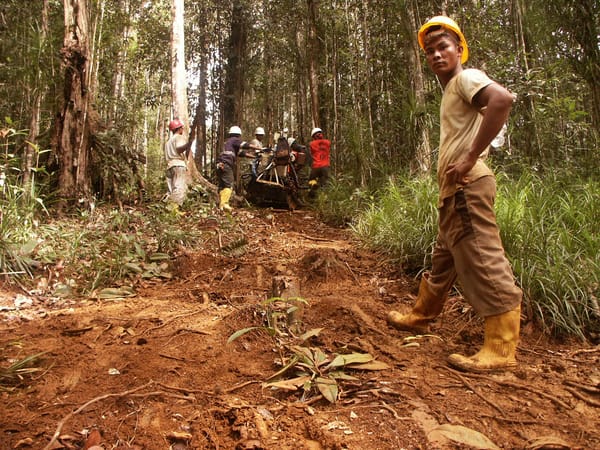
As Indonesia asserts control over its vast nickel reserves, a new supply route is forming between Southeast Asia (SEA) and Central and Eastern Europe (CEE). France and Hungary are emerging as key European partners in the electric vehicle (EV) supply chain, linking mineral extraction in Indonesia to battery production in
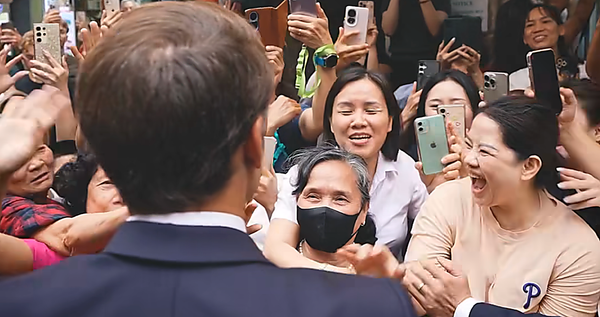
French President Emmanuel Macron called France “a power that respects its partners” during his 25-29 May tour of Vietnam, Indonesia and Singapore, when he promoted his country as a strategic partner for Southeast Asia (SEA) amid growing US-China rivalry. The trip focused on trade, defence and clean energy cooperation, as
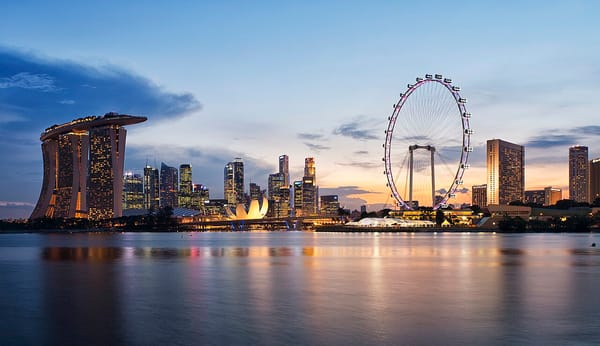
A new report from Transparency International (TI) sees mixed results for Southeast Asia (SEA) with Singapore maintaining its position as the region’s least corrupt nation, while Malaysia and Thailand grapple with governance challenges. “Asia Pacific is home to a third of the world’s population, has the second largest